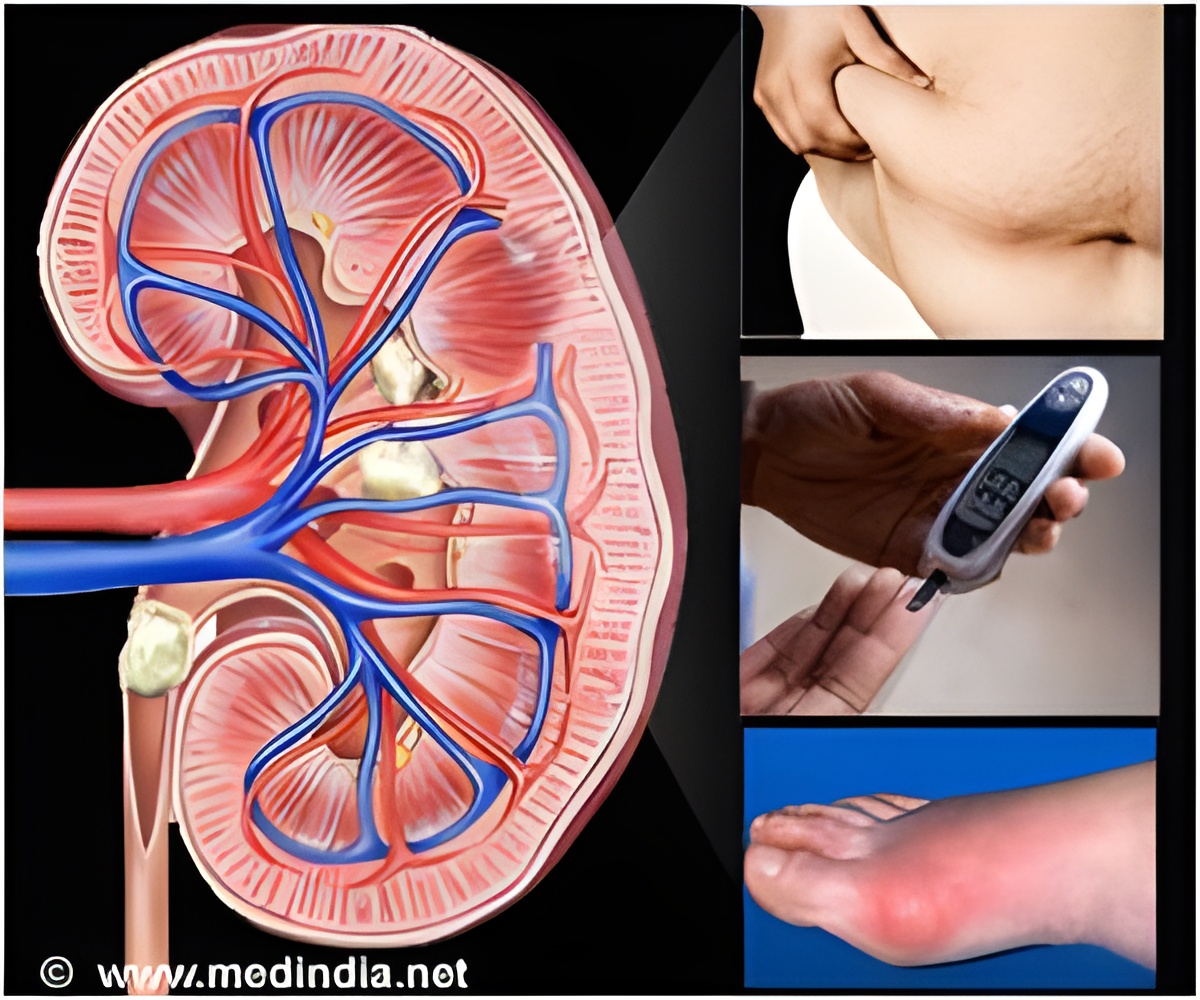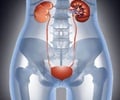A biomarker, originally developed to identify early acute kidney injury after a surgery can now help detect the same in emergency room patients too.

"The purpose of this study was to determine the biomarker's accuracy in a diverse group of patients admitted from the emergency department, where patients with early signs of AKI are often misdiagnosed." The study involved patients admitted through the emergency room of Fernando Fonseca Hospital in Portugal, which also closely collaborated on the study. The findings demonstrate the NGAL test, which uses a single drop of blood and provides results within 15 minutes, was able to accurately distinguish AKI from reversible transient kidney dysfunction. Of 616 patients who participated in the study, individuals who were subsequently diagnosed with true AKI had the highest levels of NGAL detected at the time of hospital admission. The study also identified a cutoff point in NGAL levels above which the risk of acute kidney injury increases tenfold.
Results of a study previously published in 2008 by Devarajan showed that the NGAL test predicted AKI in pediatric heart surgery patients within hours instead of days, allowing treatment that prevented serious damage to kidneys. Prior to the NGAL test, serum creatinine was the only reliable method for detecting kidney damage; however, the long wait for results often resulted in permanent kidney damage.
With a growing number of patients coming to emergency rooms with community-acquired AKI, Devarajan says having a rapid, reliable method of detecting kidney injury is increasingly important. "This latest study showed that this simple laboratory test provides an accurate prediction of acute kidney injury and its severity in a diverse clinical setting," said Devarajan. "The identification of biomarkers that differentiate intrinsic AKI from transient reversible forms of renal dysfunction and predict outcomes is a high priority."
Source-Eurekalert














